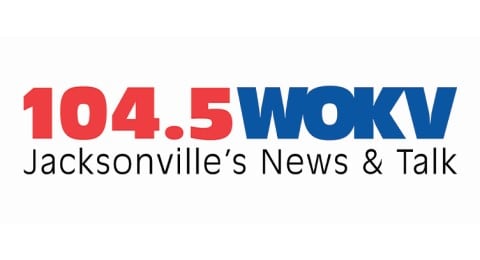Amtrak was created by Congress in 1970 to take over the intercity passenger rail services previously operated by private railroad companies in the United States. Operations began on May 1, 1971.
Here’s a look at what happened in some of the worst Amtrak train crash incidents according to records from the National Transportation Safety Board:
- June 27, 2022: (Mendon, Mo.) Four people died and about 150 others were injured after an Amtrak train traveling from Los Angeles to Chicago derailed near Mendon, Missouri. The train had struck a dump truck at an uncontrolled crossing.
- April 3, 2016: (Chester, Pa.) Two maintenance workers were struck and killed by an Amtrak train going more than 100 mph in Chester, Pennsylvania. The lead engine of the train derailed.
- March 14, 2016 (Kansas) An Amtrak train traveling from Los Angeles to Chicago derailed in southwest Kansas, sending five cars off the tracks and injuring at least 32 people. Investigators concluded that a cattle feed delivery truck hit the track and shifted it at least a foot before the derailment.
- Oct. 5, 2015 (Vermont) A passenger train headed from Vermont to Washington, D.C., derailed when it hit rocks that had fallen onto the track from a ledge. The locomotive and a passenger car spilled down an embankment, derailing three other cars and injuring seven people.
- May 12, 2015 (Philadelphia) An eastbound Amtrak passenger train derailed after taking a curve at 100 mph where the speed limit of that second of the track is 50 mph. Eight people were killed, and more than 200 injured. High speed and human error were determined to be the cause.
- March 9, 2015 (Halifax, N.C.) At least 55 people were injured when an Amtrak train bound from North Carolina to New Jersey derailed after colliding with an oversized tractor-trailer that was stuck on the tracks in Halifax, North Carolina.
- June 23, 2014 (Massachusetts) An Amtrak train hit a vehicle that was apparently driving on train tracks in Massachusetts, killing three people in the vehicle and derailing the train just before midnight in a remote area about 24 miles southwest of Boston. None of the 180 people on board the train was injured.
- Oct. 21, 2012 (Niles, Mich.) About a dozen passengers and crew members on an Amtrak train from Chicago to Pontiac, Michigan, were injured when two locomotives and one or more coaches derailed after the train lost contact with the track near Niles, Michigan.
- June 24, 2011 (Nevada) A truck slammed into the side of an Amtrak California Zephyr train at a rural crossing 70 miles east of Reno, Nevada, killing six people and injuring dozens. The train was traveling from Chicago to California.
- April 18, 2002 (Crescent City, Fla.) An Amtrak Auto Train derailed because of a heat-induced track buckle. Four people were killed and more than 140 injured.
- February 16, 1996 (Silver Spring, Md.) An Amtrak passenger train was hit by a Maryland Rail Commuter (MARC) train after the MARC train failed to stop at a junction. Eleven were killed and 26 injured. Human error was determined to be the cause.
- September 22, 1993 (Mobile, Ala.) An Amtrak train derailed into a bayou outside of Mobile, Ala., killing 47 and injuring 103. The derailment was caused when a barge bumped into a railroad bridge in heavy fog, displacing it minutes before the train arrived.
Facts about Amtrak
The name “Amtrak” results from the blending of the words “America” and “track.” The railroad is officially known as the National Railroad Passenger Corporation.
In 2016, 31.3 million customers used Amtrak. On an average day, nearly 85,700 passengers ride more than 300 Amtrak trains.
Amtrak is a federally chartered corporation, with the federal government as majority stockholder. The board is appointed by the President of the United States and confirmed by the U.S. Senate. Amtrak is operated as a for-profit company, rather than a public authority.
Amtrak is the only railroad in North America to maintain right-of-way for service at speeds in excess of 125 mph (201 kph), and its engineering forces maintain more than 350 route-miles of track for 100+ mph (160+ kph) service.
Cox Media Group






